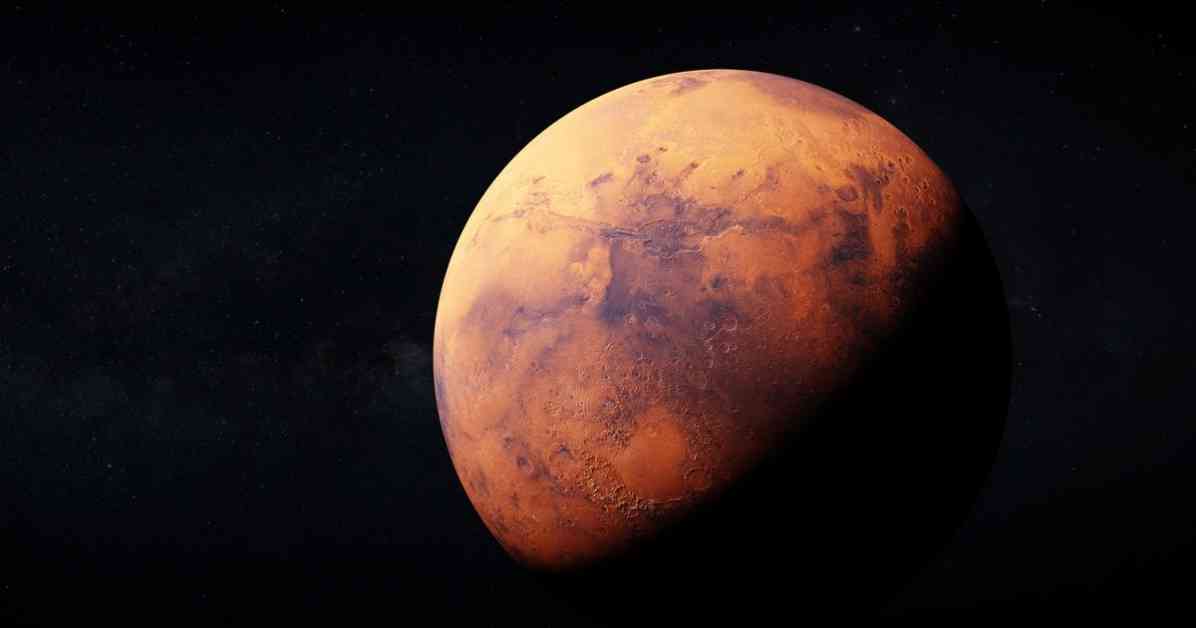Mars, the red planet, will be visible in the night sky tonight and early on Monday, August 19, near the moon. This makes it easy to spot with just your eyes, no special equipment needed. In addition to Mars, Jupiter and Saturn have also recently passed by our Moon, with Saturn coming into ‘opposition’ with Earth, the closest it gets to our orbit.
Astronomy expert Jessica Lee, an Educational Officer from Greenwich Observatory, explained that planets are easier to see than stars, especially for stargazers in cities dealing with light pollution. She recommended using stargazing apps to help identify what you’re looking at in the sky and not to be discouraged by light pollution or lack of a telescope. You can still see amazing things like planets and stars thousands of light years away with just your eyes.
For those in London looking for good spots to stargaze away from light pollution, Royal Observatory Greenwich, Ruislip Lido, Blythe Hill Fields, and Primrose Hill are all recommended locations. These spots offer darker skies and better views of the night sky.
Mars, the fourth planet from the Sun, is known as the red planet due to the iron in its soil. It has a dusty desert-like surface with a thin atmosphere and two moons, Phobos and Deimos. Mars is about 50% further away from the sun than Earth, with a diameter around half of Earth’s. It has seasons, a day length of 24.6 Earth hours, and the largest volcano in the Solar System, Olympus Mons, which is 16 miles tall.
So, whether you’re looking to spot Mars, Jupiter, or Saturn near the moon, or hoping to catch a glimpse of shooting stars in the Perseid Meteor shower, there are plenty of opportunities for stargazing in London. Just find a dark spot away from light pollution, let your eyes adjust, and enjoy the wonders of the night sky.












